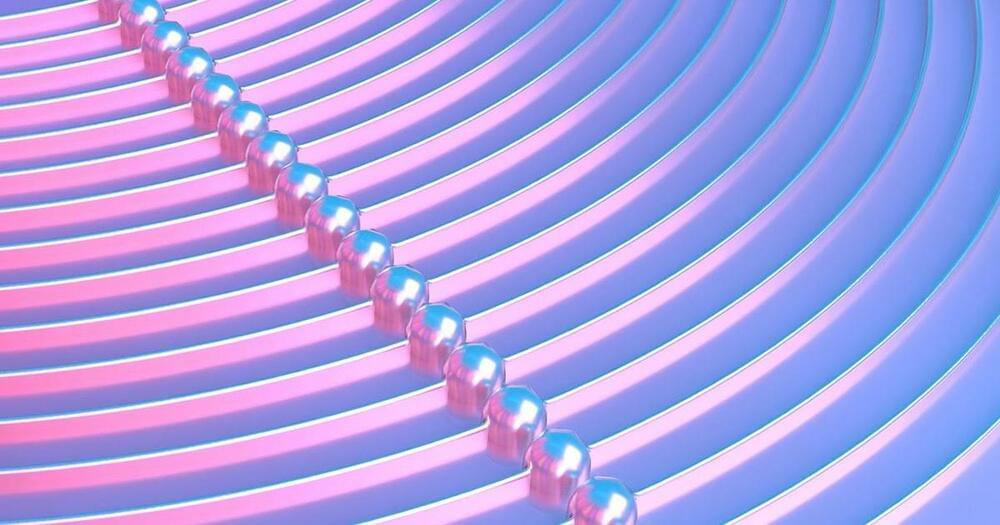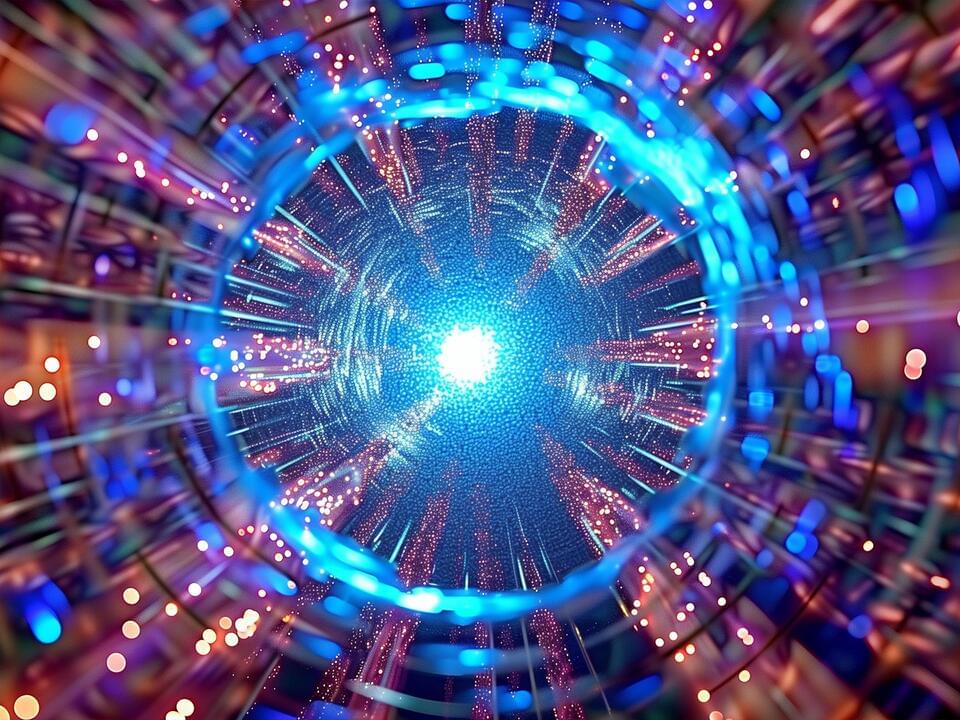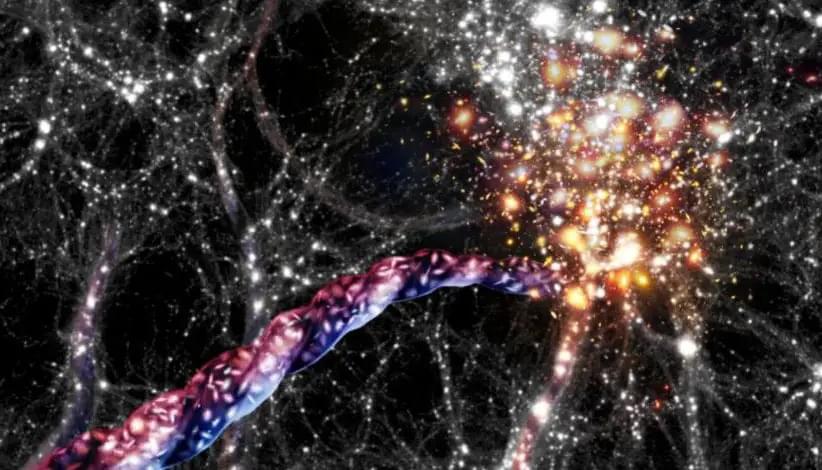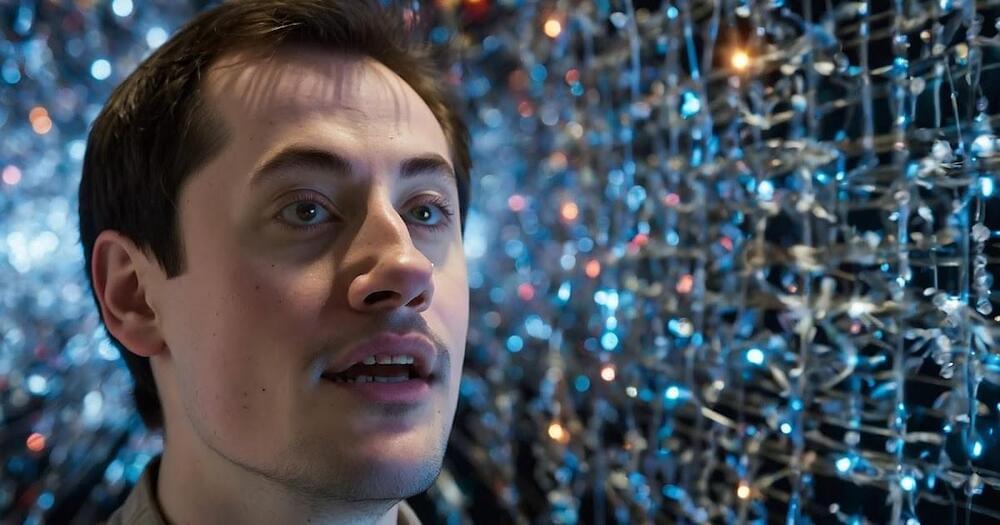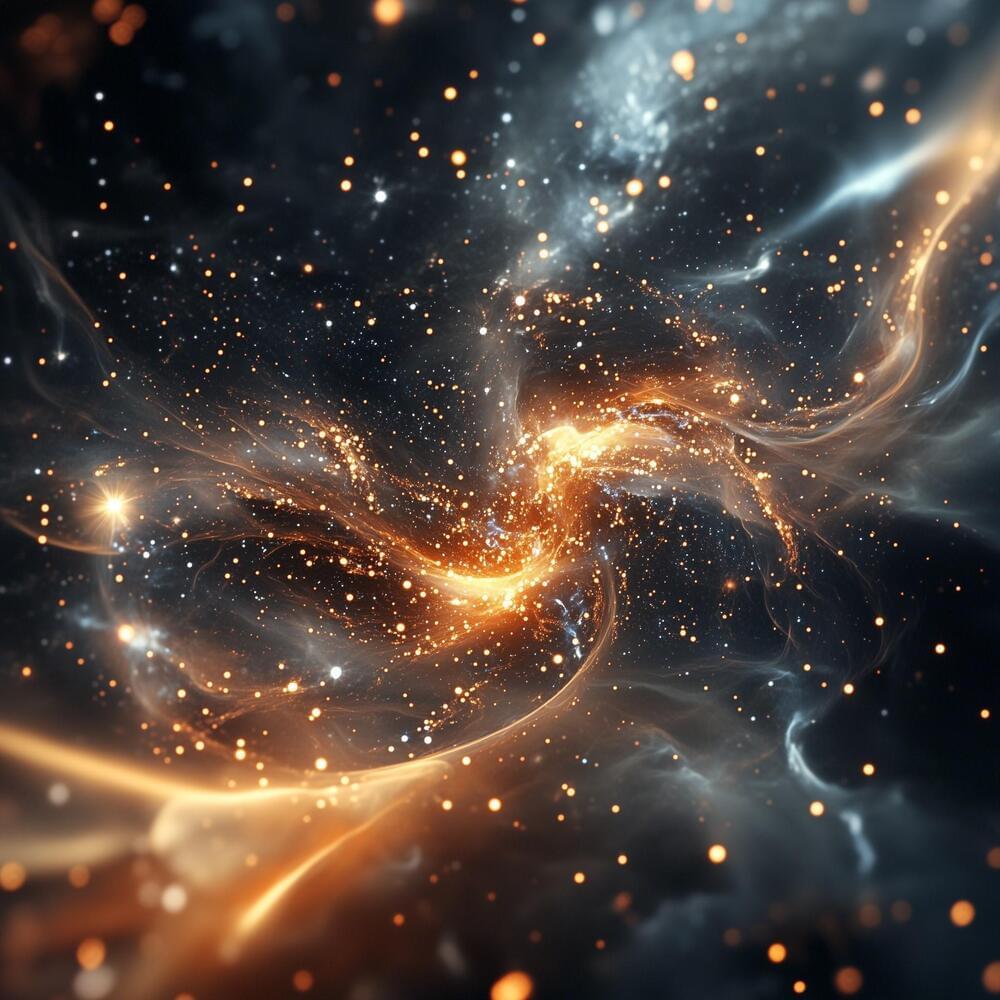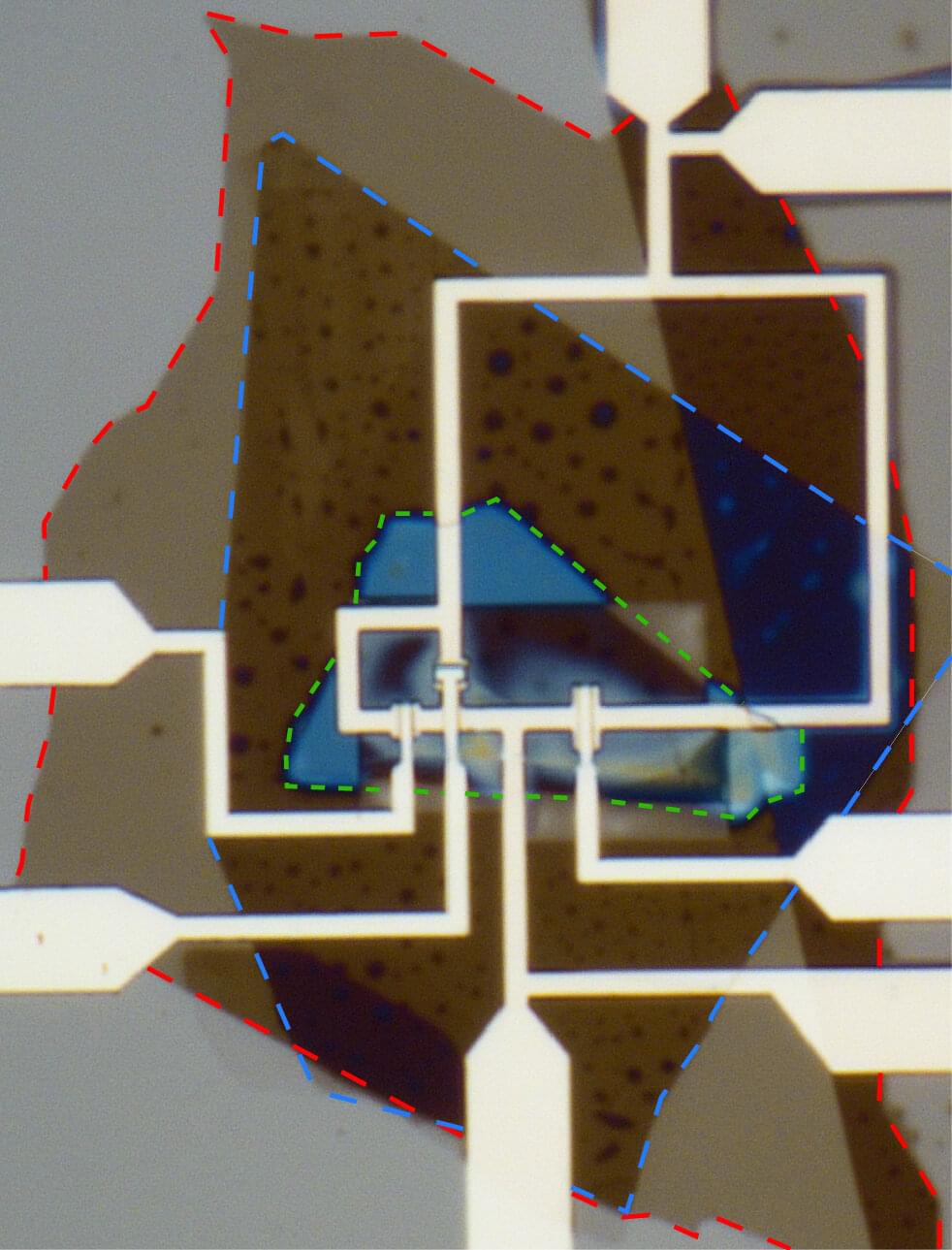Discover how the Quantum Zeno Effect can freeze quantum systems in time. Learn its applications in quantum computing and biology. Explore with us!
Category: quantum physics – Page 110
Despite the promising findings, the study acknowledges several limitations of quantum computing. One of the primary challenges is hardware noise, which can reduce the accuracy of quantum computations. Although error correction methods are improving, quantum computing has not yet reached the level of fault tolerance needed for widespread commercial use. Additionally, the study notes that while quantum computing has shown promise in PBPK/PD modeling and site selection, further research is needed to fully realize its potential in these areas.
Looking ahead, the study suggests several future directions for research. One of the key areas for improvement is the integration of quantum algorithms with existing clinical trial infrastructure. This will require collaboration between researchers, pharmaceutical companies and regulators to ensure that quantum computing can be effectively applied in real-world clinical settings. Additionally, the study calls for more work on developing quantum algorithms that can handle the inherent variability in biological data, particularly in genomics and personalized medicine.
The research was conducted by a team from several prominent institutions. Hakan Doga, Aritra Bose, and Laxmi Parida are from IBM Research and IBM Quantum. M. Emre Sahin is affiliated with The Hartree Centre, STFC, while Joao Bettencourt-Silva is based at IBM Research, Dublin, Ireland. Anh Pham, Eunyoung Kim, Anh Pham, Eunyoung Kim and Alan Andress are from Deloitte Consulting LLP. Sudhir Saxena and Radwa Soliman are from GNQ Insilico Inc. Jan Lukas Robertus is affiliated with Imperial College London and Royal Brompton and Harefield Hospitals and Hideaki Kawaguchi is from Keio University. Finally, Daniel Blankenberg is from the Lerner Research Institute, Cleveland Clinic.
Microwaves can control and stabilize diamond qubits, addressing their main challenge:
Researchers from Germany’s Karlsruhe Institute of Technology (KIT) have devised a method to precisely control diamond qubits using microwaves.
In case you’re wondering what is a diamond qubit, here’s a simple explanation —When a tin atom replaces a carbon atom in a diamond lattice, it leads to the creation of tin vacancy (SnV) centers.
The SnV centers are defects with exceptional optical and electronic properties, and therefore they can be used as qubits. Since these qubits result from defects in diamond lattices, they are called diamond qubits.
Discovering quark behavior: investigating the critical point in quantum chromodynamics.
Scientists have discovered that cosmic filaments, the largest known structures in the universe, are rotating. These massive, twisting filaments of dark matter and galaxies stretch across hundreds of millions of light-years and play a crucial role in channeling matter to galaxy clusters. The finding challenges existing theories, as it was previously believed that rotation could not occur on such large scales. The research was confirmed through both computer simulations and real-world data, and it opens up new questions about how these giant structures acquire their spin.
After reading the article, a Reddit user named Kane gained more than 100 upvotes with this comment: “What if galaxy clusters are like neuron and glial clusters in a brain. And dark matter is basically the equivalent of a synapse. It connects galaxies and matter together and is responsible for sending quantum information back and forth like a signal chain.”
Discover how quantum mechanics challenges the nature of reality in this engaging exploration. Learn how observation impacts reality and unravel the my.
I think Stephen hawking was right about the Einstein physics of our universe but at the quantum mechanical realm it breaks all the rules with infinite energy.
The usual theory of inflation breaks down in eternal inflation. We derive a dual description of eternal inflation in terms of a deformed Euclidean CFT located at the threshold of eternal inflation. The partition function gives the amplitude of different geometries of the threshold surface in the no-boundary state. Its local and global behavior in dual toy models shows that the amplitude is low for surfaces which are not nearly conformal to the round three-sphere and essentially zero for surfaces with negative curvature. Based on this we conjecture that the exit from eternal inflation does not produce an infinite fractal-like multiverse, but is finite and reasonably smooth.
IonQ has demonstrated remote ion-ion entanglement, a key milestone towards quantum networking and scaling its quantum systems.
The foundation of this simulation, as described by the team, is a well-known cosmological model that describes the universe as expanding uniformly over time. The researchers modeled how a quantum field, initially in a vacuum state (meaning no particles are present), responds to this expansion. As spacetime stretches, the field’s oscillations mix in a process that can create particles where none previously existed. This phenomenon is captured by a transformation that relates the field’s behavior before and after the universe expands, showing how vibrations at different momenta become entangled, leading to particle creation.
To understand how many particles are generated, the researchers used a mathematical tool called the Bogoliubov transformation. This approach describes how the field’s vacuum state evolves into a state where particles can be detected. As the expansion rate increases, more particles are produced, aligning with predictions from quantum field theory. By running this simulation on IBM quantum computers, the team was able to estimate the number of particles created and observe how the quantum field behaves during the universe’s expansion, offering a new way to explore complex cosmological phenomena.
According to the team, the most notable result of the study was the ability to estimate the number of particles created as a function of the expansion rate of the universe. By running their quantum circuit on both simulators and IBM’s 127-qubit Eagle quantum processor, the researchers demonstrated that they could successfully simulate particle creation in a cosmological context. While the results were noisy—particularly for low expansion rates—the error mitigation techniques used helped bring the outcomes closer to theoretical predictions.
In recent years, quantum physicists and engineers have made significant strides toward the development of highly performing quantum computing systems. Realizing a quantum advantage over classical computing systems and enabling the stable operation of quantum devices, however, will require the development of new building blocks for these devices and other aspects underlying their correct functioning.
